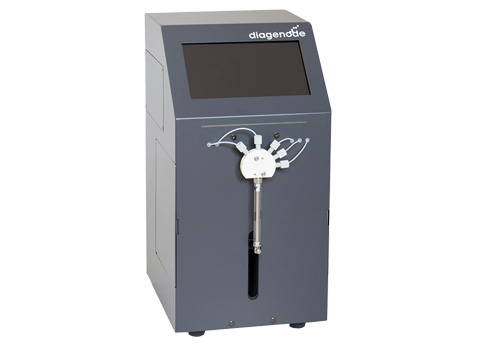Zha Fei et al.
Vibrio parahaemolyticus outbreaks frequently occur, causing gastrointestinal sickness owing to the consumption of aquatic foods by various virulence factors; however, the mechanism of pathogenesis is still unknown. In this study, a non-typical strain of V. parahaemolyticus, named VP353, was isolated from shrimp in China. Its comparative genome and transcriptome after infection with Caco-2 cells were examined to illustrate the mechanisms of its pathogenesis. VP353 was a tdh-trh- strain but uncommonly manifested robust cytotoxicity towards Caco-2 cells. Compared with the standard strain RIMD2210633, VP353 harbored alpha-hemolysins (hlyA, hlyB, hlyC, and hlyD) was first reported in V. parahaemolyticus and showed high diversity in the T3SS2 gene cluster. Moreover, the expression of flagella, T2SS, quorum sensing-related genes, hlyA, hlyC were up-regulated, and hlyB, hlyD were down-regulated. In summary, our results demonstrate that some novel virulence factors contribute to the pathogenesis of V. parahaemolyticus infection.

